How To Quickly Fix Projector’s HDMI No Signal Problem: 9+ Proven Ways
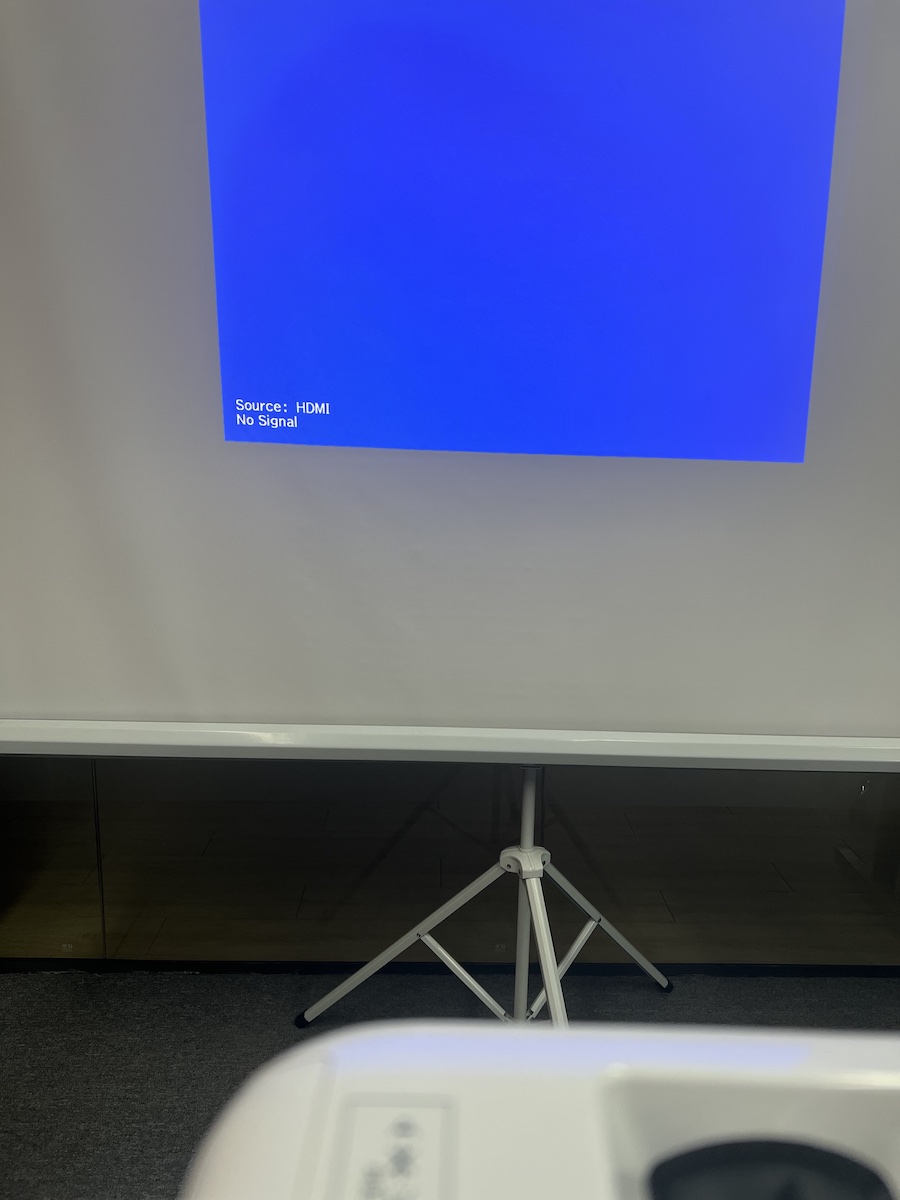
- Basic Troubleshooting: For Windows, press Windows + P to adjust display settings; remove intermediary devices; check HDMI connections for looseness or damage.
- Advanced Solutions: Identify the source of the issue by testing alternate devices; match device resolution with the projector; update or reinstall GPU drivers.
- Final Checks: Perform a soft reset; reset your projector settings to default; if unresolved, seek technical support or claim warranty if applicable.
Your projector could show the “no signal” message on the screen for multiple reasons. The source device (laptop, gaming console, DVD player, etc.), content file, cables, intermediary devices (splitter, receiver, switch, etc.), or the projector itself could be the problem.
Quick Navigation
- 1. You Haven’t Set Up Your Laptop to Display Properly (For Windows)
- 2. If You’re Using a Splitter, Switch, Receiver, etc.
- 3. The HDMI Cable/Port or Connection is Faulty/Loose
- 4. Your Laptop or Streaming Device is the Culprit
- 5. Incompatible Resolution & Refresh Rate
- 6. Outdated or Faulty GPU Drivers
- Other Solutions to Try
- Conclusion
Often, your laptop computer or streaming device could be at the core of the issue since projectors mostly cannot detect the AV (audio-video) signals those devices send.
This article will look at all the possible causes and their solutions. But before proceeding any further, press your projector’s Source Search button first and see if that helps.
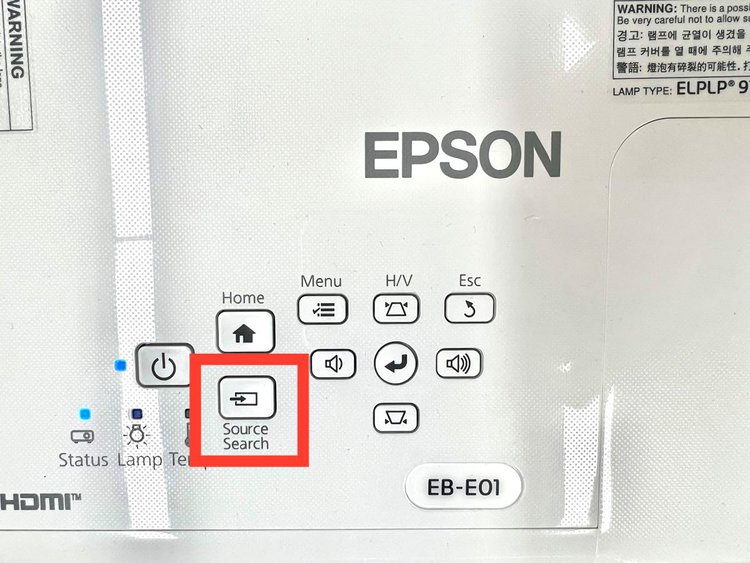
The button helps look for and choose the projector’s input source. It simplifies and accelerates the connecting and switching process between the projector and the various sources or input devices by eliminating the need to navigate multiple input sources manually.
The Source Search button can be found on the projector body or remote.
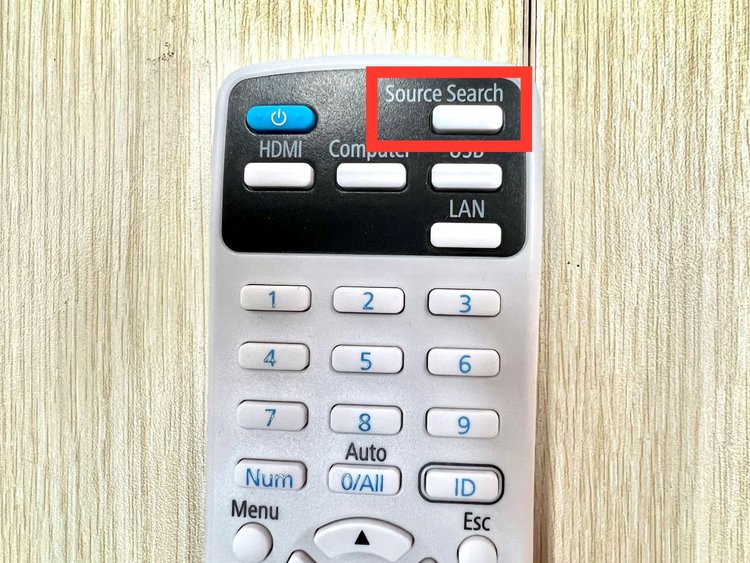
While at it, try manually navigating the available input sources. If the troubleshooting key or the source-determining method doesn’t help, proceed to investigate further.
Note that all the possible causes discussed below could apply to projectors of any brand (Epson, Optoma, Acer, BenQ, etc.) and are operating system-agnostic too.
1. You Haven’t Set Up Your Laptop to Display Properly (For Windows)
If yes or to confirm, try the following:
Step 1: Press your laptop’s Windows and P keys or Fn and F5 buttons.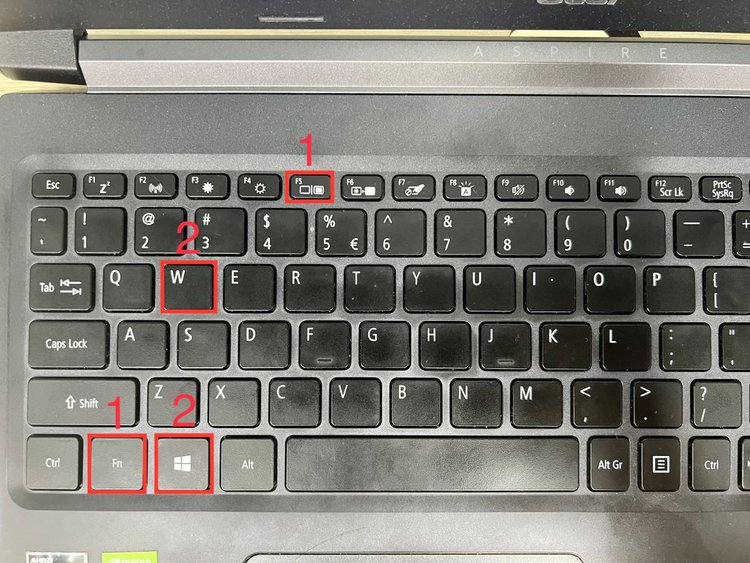
Step 2: Select Duplicate, Extend, or Second screen to showcase your laptop on the screen.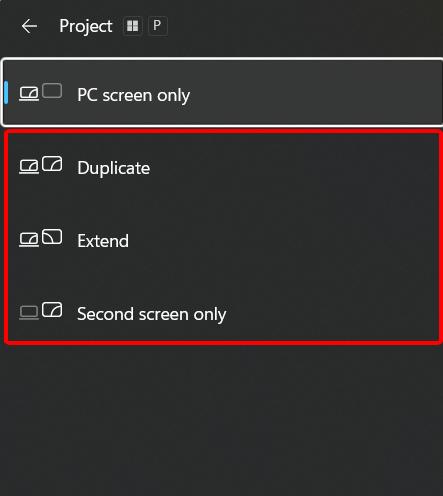
2. If You’re Using a Splitter, Switch, Receiver, etc.
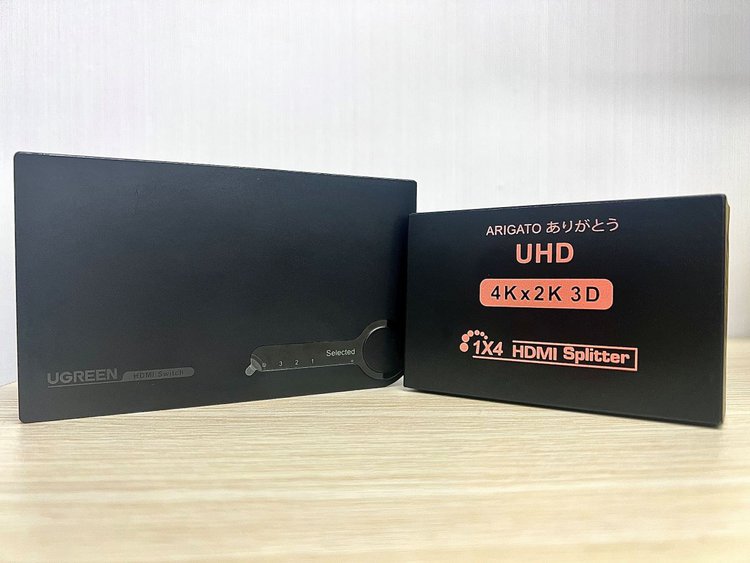
I’ve had a bitter taste of this problem whenever I connected my Acer laptop to my television and projector using an HDMI splitter.
It showed up a blank screen. After taking the splitter out of the equation and connecting my computer to the projector directly, the “no signal” message disappeared, and things began to function per design.
Similar workability concerns may arise when using a receiver or HDMI switch. If you encounter the “no signal” message and intermediary devices are at play, eliminate them, connect the laptop and projector directly, and check again.
3. The HDMI Cable/Port or Connection is Faulty/Loose
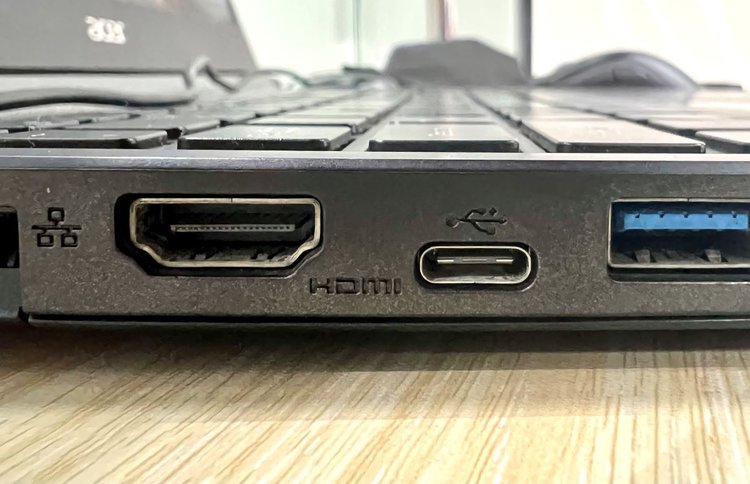
Although HDMI cables are built to last, they could become faulty or lose efficiency due to wear, age, etc., causing the “no signal” problem. Here are things you could do in such cases:
- Incompatible HDMI cable.
- Wiggle the HDMI connectors slightly or unplug the cable at both ends and plug it back in. Maybe the cord was loosely connected.
- If that doesn’t help, try swapping positions. Plug one side into the opposite port and vice versa.
- If your projector and laptop have alternate HDMI ports, try them out instead.
- Check the cable’s physical state. Inspect its connectors; look for acute bends, twists, etc. If the cable’s frayed or relatively stiff, get a new one.
- Ensure the cable is not very long. Although 50 feet is usually the maximum reliability length, lines over 25 feet will struggle to transmit signals efficiently in practice.
4. Your Laptop or Streaming Device is the Culprit
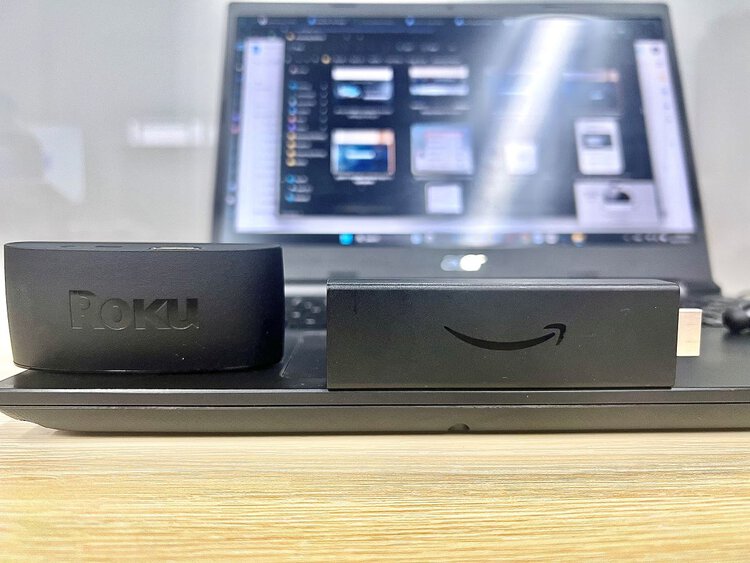
Once you suspect that the source device, such as your laptop or a streaming device, is responsible for these issues, attempt connecting a different laptop to your projector to determine if the problems disappear.
If that is the case, proceed to our next set of solutions, which specifically address laptop or streaming device troubleshooting.
5. Incompatible Resolution & Refresh Rate
Also, the laptop or input device’s and your projector’s native resolution could be mismatched.
Try to adjust your laptop or streaming device’s resolution and match it to your projector’s. To learn how, go through the guide in this article (it discusses the resolution settings on Windows, Mac, Fire TV, Roku, and Chromecast devices).
Besides resolution, the refresh rates of the two devices must align too. This AVForums user rectified their “no signal” projector error message after switching the input device’s refresh rate to 30 from 60.
6. Outdated or Faulty GPU Drivers
If using a Windows laptop, an outdated or faulty GPU could cause the computer to not connect to the projector properly.
In such cases, update or replace the drivers. Download the latest drivers from the maker’s website for your particular graphics card. Or follow the steps below:
Step 1: Press the Windows laptop’s Start key and type “Device Manager” in the built-in search tool.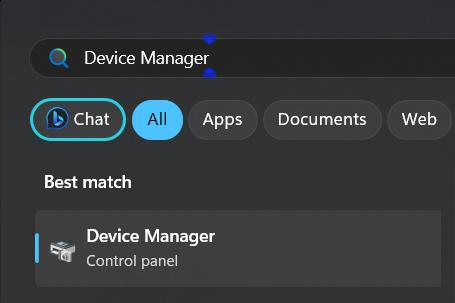
Step 2: Click Display adapters to expand, and right-click a graphics driver.
Step 3: Choose Update driver or Uninstall device. Uninstalling is recommended. It will restart your PC/laptop for automatic driver reinstallation.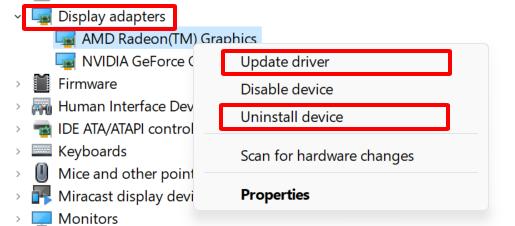
Step 4: Continue uninstalling and updating the display drivers of all the GPUs.
Other Solutions to Try
If the above solutions don’t work, here are a few other things you could do.
1. Soft Reset & Replug Everything
Step 1: Turn off and unplug all devices from their power ports.
Step 2: Unplug the cables from the devices too.
Step 3: Put the cables back in after 30 seconds to a minute.
The soft reset will help refresh the projector and the input device’s internal settings, clearing glitches or errors in the process.
The replugging will also help remedy faulty or loose connections there were before and causing the “no signal” error.
2. Reset All Configs of Your Projector
Resetting your projector’s configurations can help. It restores the device’s default settings—eliminating specific customized configurations or related errors that could have been causing trouble.
Since different projector brands exist, the reset method could vary across projectors. Check the device’s user manual or the manufacturer’s website for instructions and other specific info.
Or head to the device’s Settings and explore further to reset. Here is a step-by-step guide to resetting an Epson projector:
Step 1: Hit the projector’s Menu key and go to Reset.
Step 2: hoose Reset All Config and select Yes for confirmation.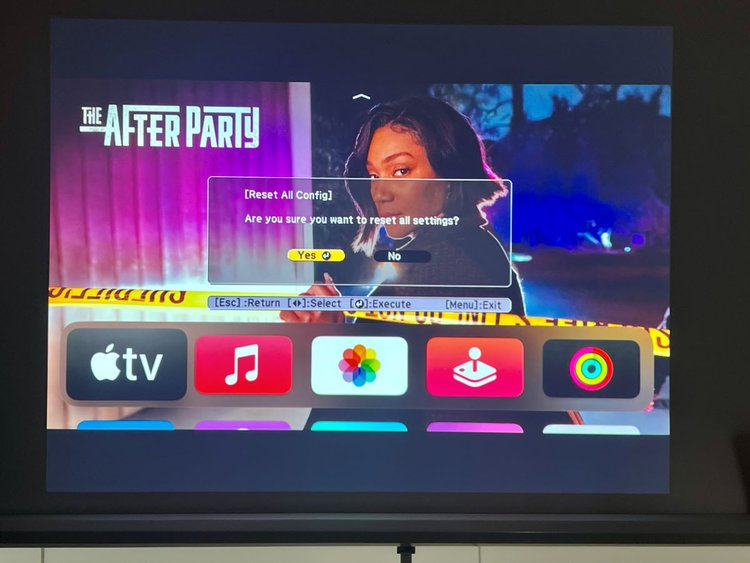
Since the reset clears all personalizations and custom settings, you may want to note them down in case you’d like them reinstated after the reset.
3. Contact Technical Support
If none of the DIYing mentioned above helps, talk to your projector’s customer support. Also, engage with your laptop company or streaming service manufacturer if there are no issues with your projector.
The support team will offer more or advanced troubleshooting guidance specific to your projector model. They’ll converse with you, which will help them identify the issue and the potential cause better.
If the after-sales support’s intervention doesn’t help either, you could at least claim a free replacement or repair if your device is under warranty (subject to terms and conditions).
Similar is the level of expertise or personalized help you can expect from the laptop company or input device manufacturer.
Talking to both for more comprehensive support and troubleshooting assistance is better.
Conclusion
Encountering the “no signal” message can be frustrating, particularly in front of a business audience awaiting your presentation.
Although the technical problem is not a significant concern, attempting to fix it can be unprofessional when you’re supposed to get on with the show instead.
Forget corporate spaces, the “no signal” message on the projector screen can be a bit embarrassing when you’re about to play a movie or watch a TV show with your friends.
It’s, therefore, essential to check your projector and laptop setup beforehand and look into all the possible aspects that could possibly go wrong on show day.
Hopefully, the list of causes and solutions above serves as the checklist to erect a foolproof setup.
Catherine Tramell has been covering technology as a freelance writer for over a decade. She has been writing for Pointer Clicker for over a year, further expanding her expertise as a tech columnist. Catherine likes spending time with her family and friends and her pastimes are reading books and news articles.


